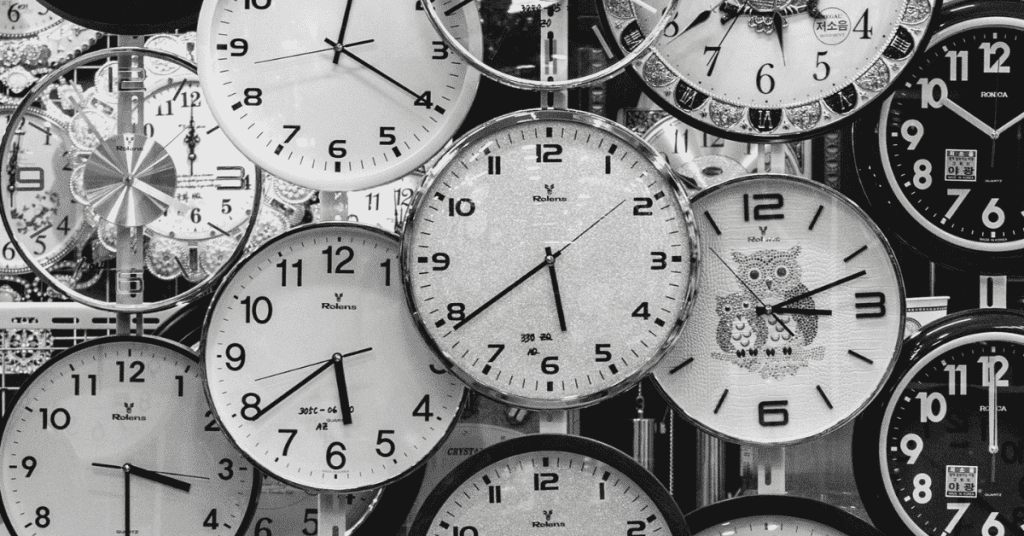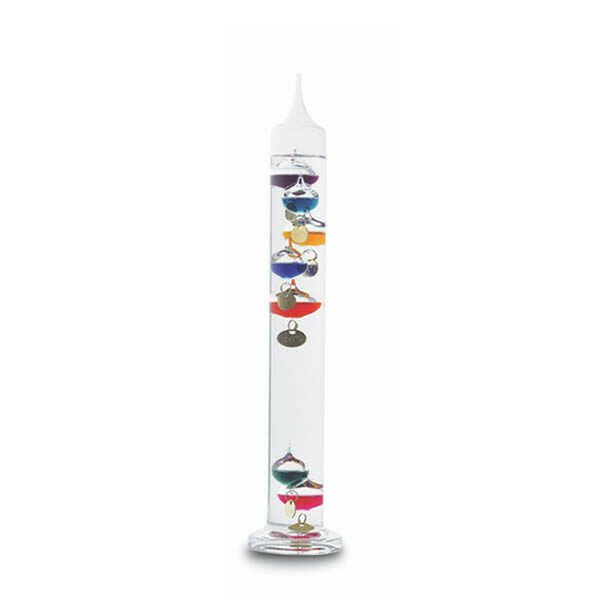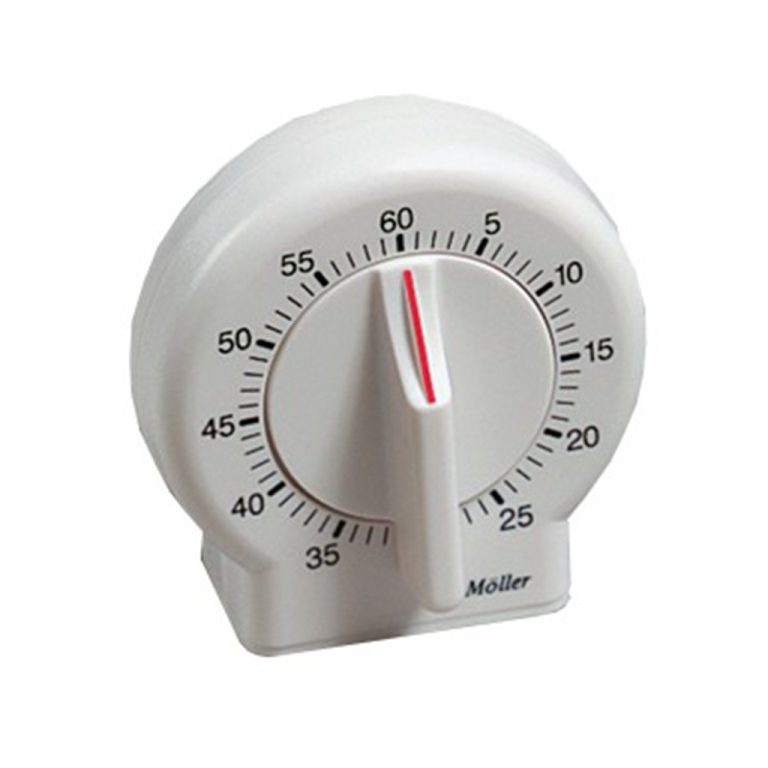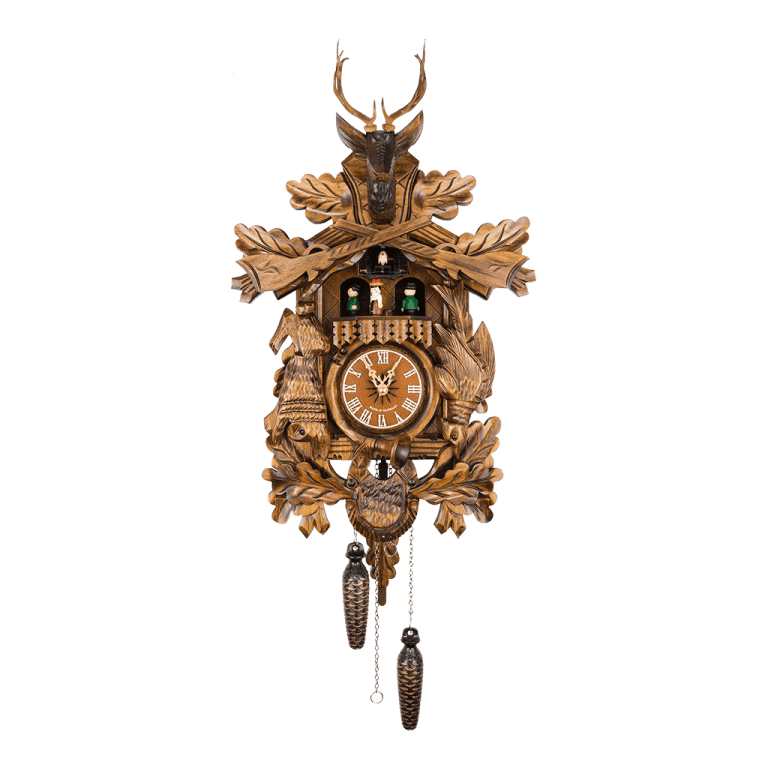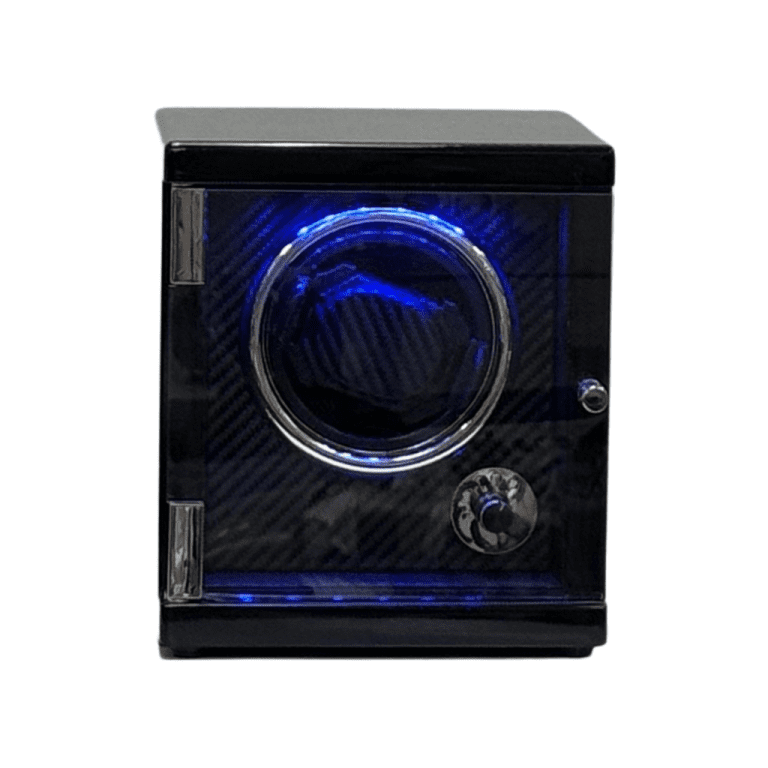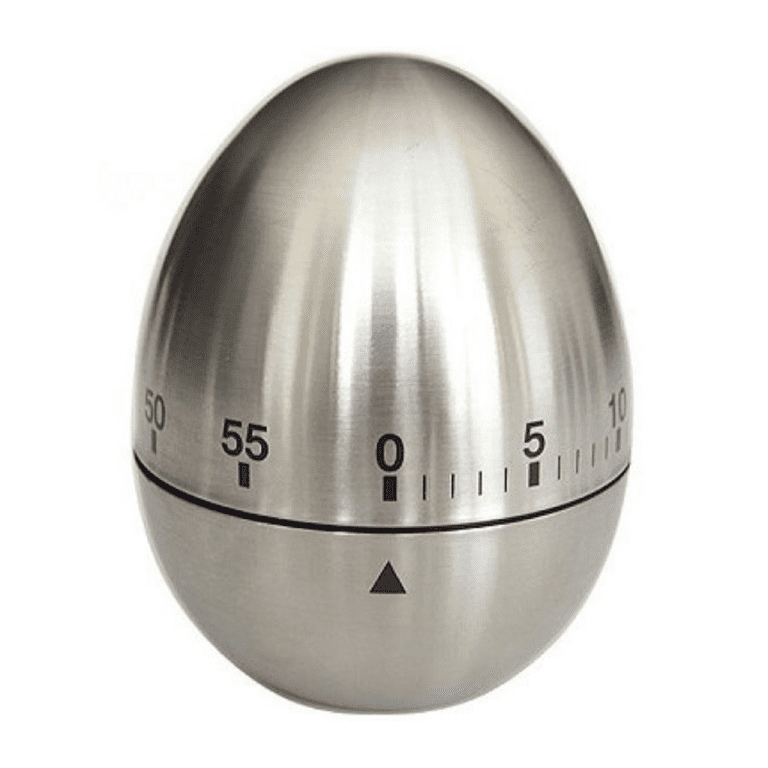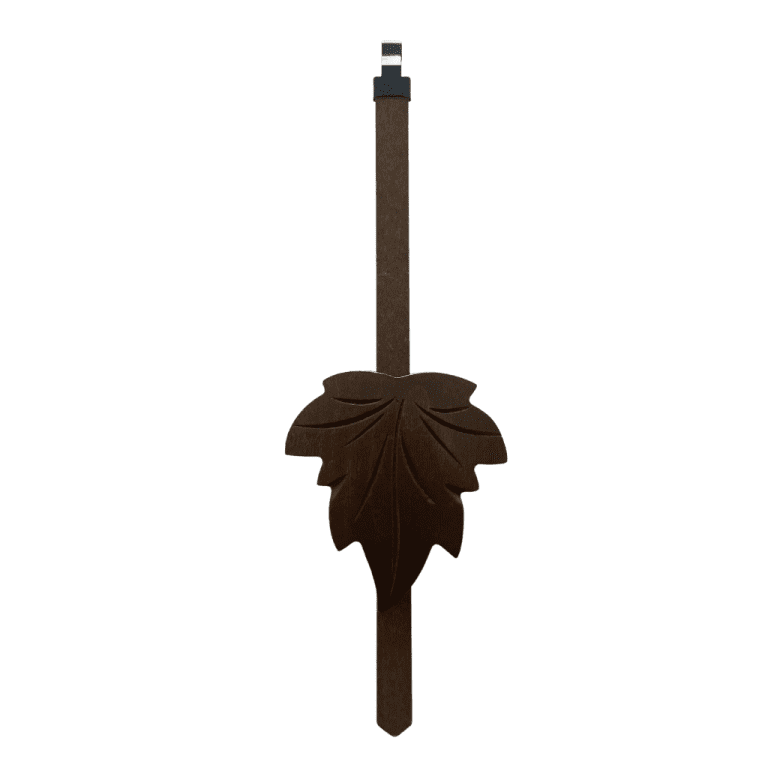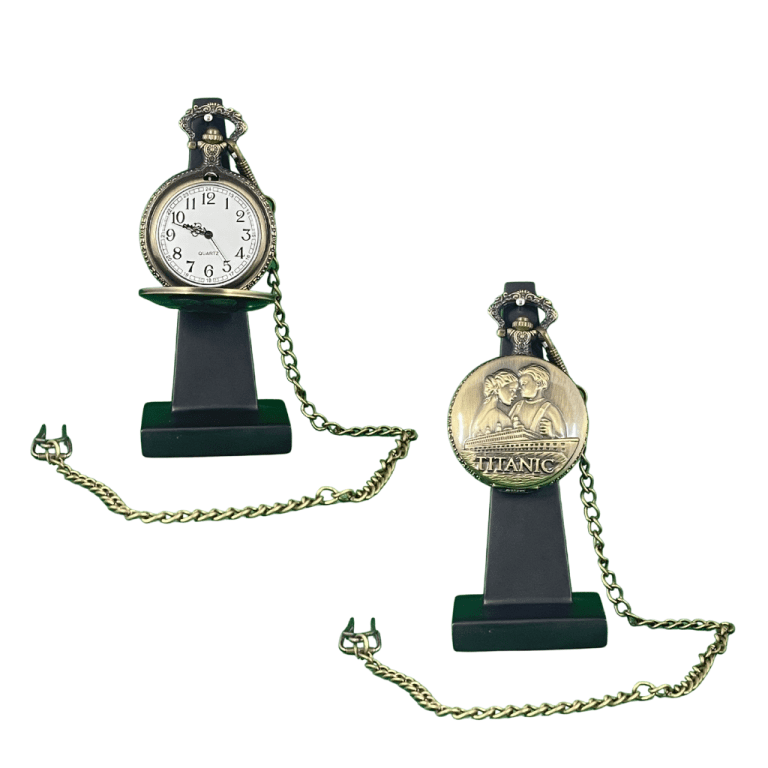Clocks and timekeeping were one of the most significant developments of Muslim civilisation. Scholars, inventors and craftsmen made innovative automata, carried out detailed mathematical analysis, constructed intricate clocks and attempted to master automatic control as they created and expanded upon inventions to mark and measure time. Here are seven key examples.
The first machine described by Al-Jazari in his famous treatise of mechanics Al-Jami‘ bayn al-‘ilm wa ‘l-‘amal al-nafi‘ fi sina‘at al-hiyal (‘A Compendium on the Theory and Useful Practice of the Mechanical Arts’) is a monumental water clock known as the Castle Clock.
The castle water clock is one of the grandest clocks mentioned in Al-Jazari’s book. Details of its construction and operation are described in ten sections of the first chapter of Category I of the treatise.
The clock, with its series of mechanical routines that ran throughout the day, would have been very pleasing to watch and listen to. During daylight hours, an observer would have seen the Sun’s disc on the eastern horizon about to rise, the Moon would not be seen at all and six zodiac signs would be visible, while the first point of the constellation Libra was about to set.
The crescent Moon would travel steadily from left to right on the frieze. When between two doors, the upper door would open to reveal a figure of a man, while the lower door flipped round to reveal a different colour. This occured as each solar hour of sunlight has passed. Soon after this happens, the two falcons would tilt forward and spread their wings, and a ball would drop out of their beaks and into the vase. The observer would hear a cymbal-like sound, and both falcons would lean back to their original position and close their wings…
Credited to: https://www.1001inventions.com/

